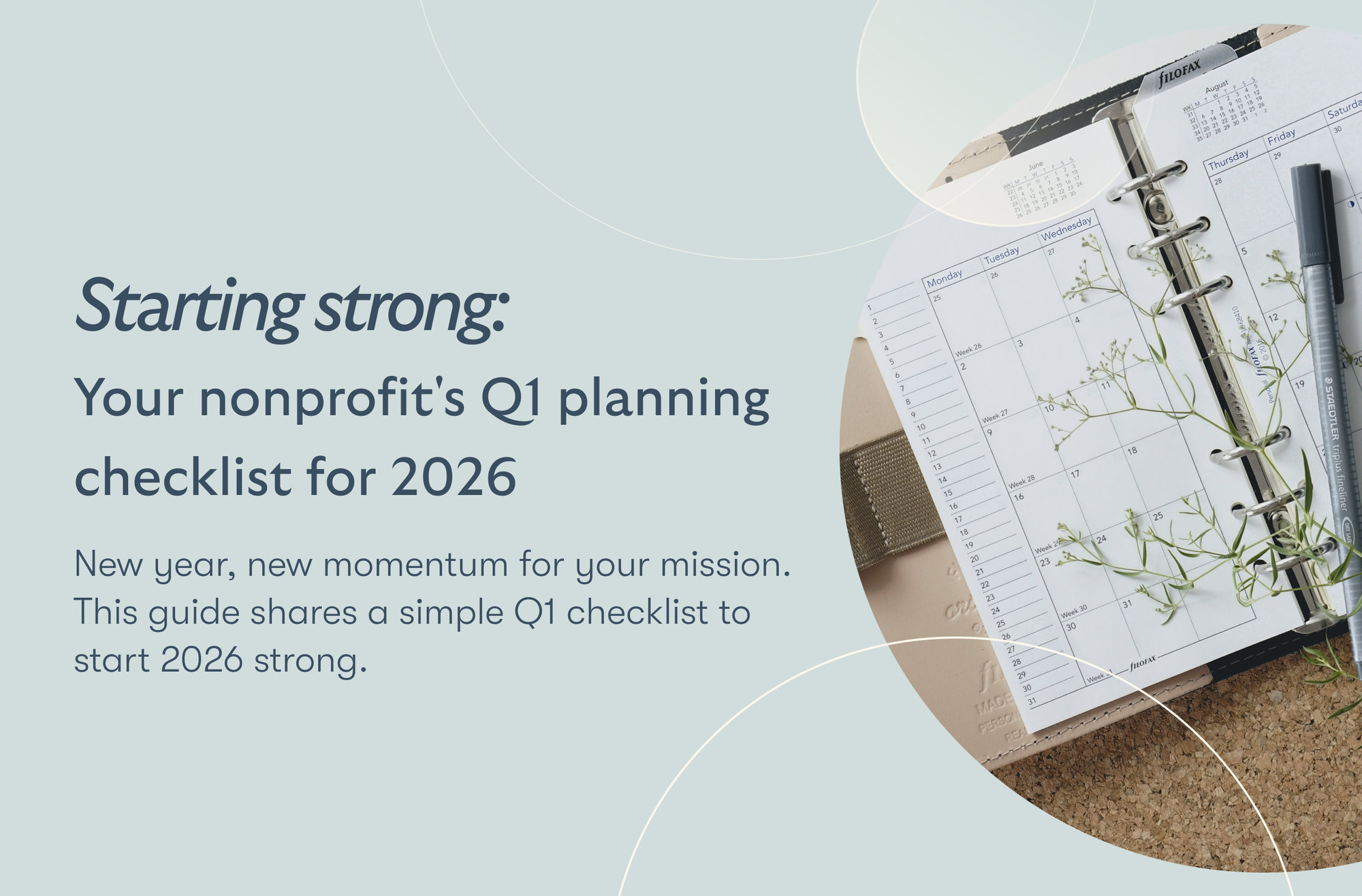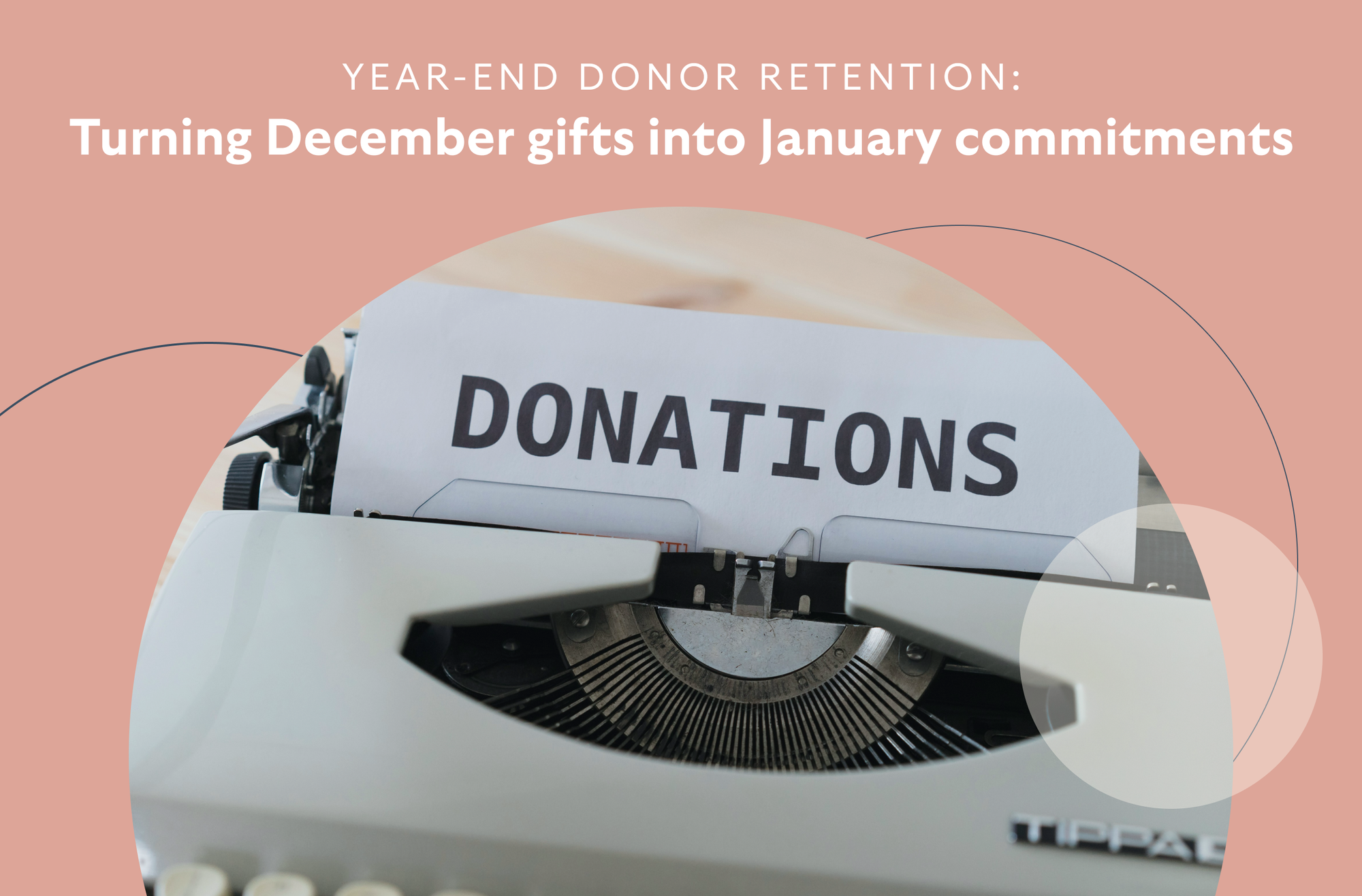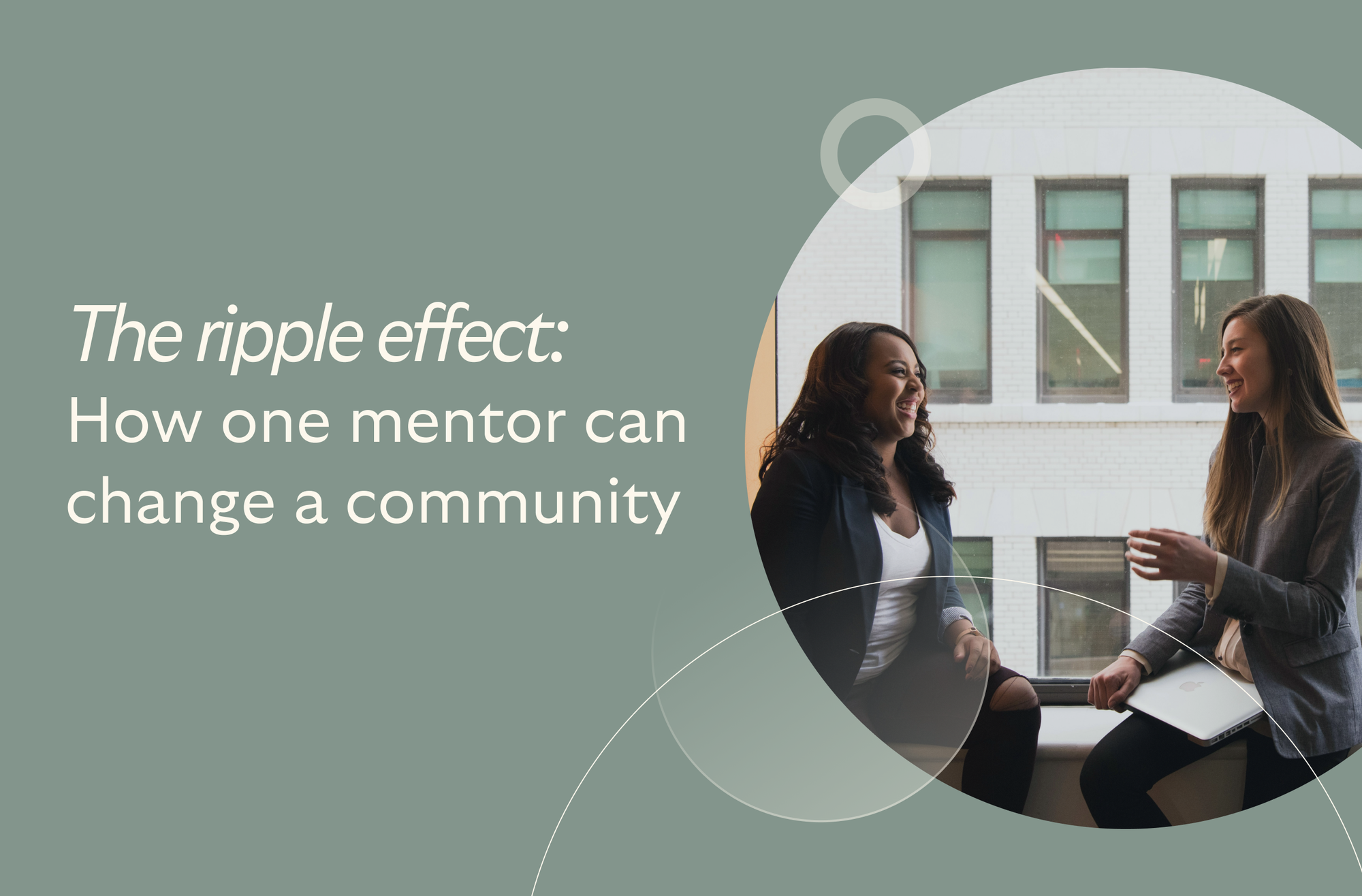Simple, powerful, automated online raffle and giveaway tools
Offer discounts for larger purchases or give away free entries for sharing
Completely fair, random and automated winner selection
Run unlimited campaigns every year, no fees ever
How to Price Raffle Tickets for a Fundraiser?
By Colin Hunter
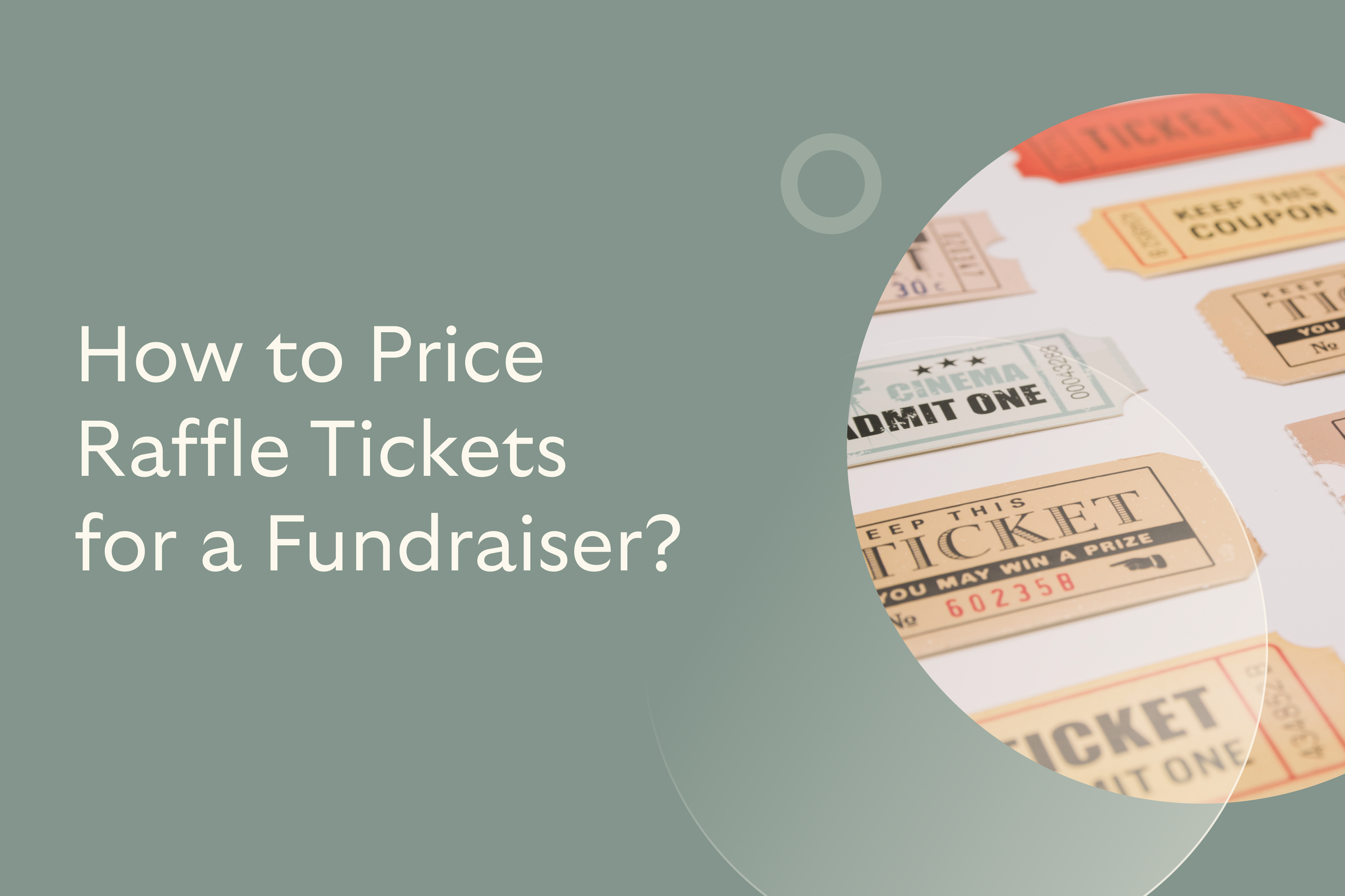
Figuring out the right raffle ticket prices for fundraiser events can feel tricky, especially if you're new to fundraising. You want to raise enough money to support your cause, but still make sure tickets are affordable so lots of people join in.
The right price helps your nonprofit attract more donors, boost participation, and, ultimately, reach your fundraising goal. So, how do you pick the perfect raffle ticket price?
In this quick guide, I'll share simple tips on pricing your raffle tickets smartly so you can make the most out of your fundraiser without turning people away.
Start with a Solid Goal
Know Your Fundraising Goal + Calculate Total Expenses
Every raffle starts with a simple question—how much do you want to raise? If you're unsure where you're going, it's hard to price your tickets right or plan anything else. That’s why setting a clear goal is the first thing you need to do.
Start by writing down your fundraising target. Let’s say you want to raise $5,000. That number shouldn’t just come out of nowhere. It should be based on your nonprofit's needs—maybe to buy supplies, fix something, or support a program.
Next, add up your costs. Before you can make money, you’ve got to know what it’ll cost to run the raffle. Here are a few common things nonprofits spend money on:
- Printing tickets or creating digital ones
- Prizes (gift baskets, electronics, cash rewards, etc.)
- Licensing or permits (some states require it)
- Marketing (flyers, emails, or social posts)
- Event setup if you’re doing it in person
Add all these together. That total is your break-even point. You’ll need to raise at least that much before your nonprofit sees any extra funds.
Once you’ve determined your goal and costs, figuring out raffle ticket prices for fundraiser becomes a lot easier. You’ll know how many tickets you need to sell and at what price to meet your goal.
Hosting a raffle? Find Out How To Sell Raffle Tickets Online Efficiently.
Understand Your Audience
Before setting any price, think about who will buy your raffle tickets.
Most of the time, it’s people who already support your cause in some way—local families, school parents, coworkers, friends, or neighbors. These are folks who care, but they also have budgets.
That’s why your pricing should match what they’re comfortable spending.
If your audience is mostly parents at a school event, $1 to $5 per ticket might make more sense than $20. On the other hand, if you’re hosting a gala or a business event, people might be ready and willing to pay more.
Take a few minutes to think through where and how you’re selling tickets. Is it online? At a local market? During a sports game? Your location and crowd can help shape good raffle ticket price ideas that won’t feel too high or too low.
If unsure, ask around or check what other local groups charge.
Did you know you can keep all the funds you raise when you host a raffle with BetterWorld’s Free Raffle & Giveaway Software?
Sign up today to get started within minutes!
Apply the Raffle Ticket Formula
Once you’ve set your goal and know your costs, it’s time to use a simple formula to figure out your ticket price. Here's the basic idea:
Ticket Price = (Fundraising Goal + Total Expenses) ÷ Number of Tickets to be Sold
Let’s break that down. You start by adding your fundraising goal and total costs together. That gives you the full amount you need to bring in from ticket sales. Then divide that number by how many tickets you think you can sell.
Here’s a simple example:
- Fundraising Goal: $2,000
- Total Expenses: $500
- Total Needed: $2,000 + $500 = $2,500
- Number of Tickets You Plan to Sell: 500
$2,500 ÷ 500 tickets = $5 per ticket
That means you’ll need to price each ticket at $5 to meet your goal and cover all your costs.
If $5 feels too high or low based on your crowd, you can change the number of tickets you plan to sell and try again. This is a good way to come up with smart raffle ticket cost ideas without guessing.
Pick the Right Pricing Strategy
Let’s go over a few raffle ticket price ideas that give you some flexibility.
Single Ticket Pricing
This one’s simple. You pick one price—like $1 or $5 per ticket—and stick with it. It works well for small events, especially if your buyers are parents, neighbors, or people just passing by. It’s easy to explain and easy to buy.
Bundle Pricing
Want to sell more tickets? Offer a deal for buying in bulk. Something like “3 for $10” or “10 for $20” often gets people to spend more without thinking twice. It also makes them feel like they’re getting something extra.
Looking for an easy-to-use online raffle generator? Try BetterWorld’s Raffle Software for FREE!
Early Bird Discounts
You can lower the price for people who buy tickets before a certain date. This helps you get sales started and builds some early buzz. It also gives you time to plan better when you know how many tickets are already sold.
VIP or Exclusive Packages
If your event includes extras—like a meal, reserved seating, or giveaways—you can sell premium tickets at a higher price. These could also include extra raffle entries or small thank-you gifts.
Tiered Pricing
Set up different levels of tickets: basic, premium, and VIP. Each level includes a little more value. That way, people can choose what works for them, and you get a mix of ticket sales across the board.
Why not collect donations with BetterWorld’s Donation Forms and boost contributions by 30% guaranteed? Free to use with no hidden charges.
Keep the Pricing Simple
Simple pricing makes it easier for people to say yes. When raffle ticket prices for fundraiser events are easy to understand, buyers don’t have to stop and think too hard. That means faster sales and fewer questions.
Limit pricing options. Offering a few clear choices prevents decision fatigue and encourages purchases. For example, a single ticket for $5, a bundle of three for $10, and a VIP option if it fits your event.
Use round numbers. Pricing tickets at whole dollar amounts like $1, $5, or $10 simplifies transactions and is more appealing to buyers. Avoiding prices like $3.75 or $6.40 minimizes the need for handling coins and makes the purchasing process smoother.
Whether you go with single tickets or a bundle deal, the key is to keep your raffle ticket cost ideas easy to follow and quick to buy.
Monitor and Adjust As You Go
Once you start selling tickets, keep an eye on how things are going.
Track the number of tickets sold and who’s buying them. Your pricing might be spot on if you see a lot of interest right away. But if sales are slow, it could be time to make a small change.
Sometimes, the price needs a little tweak. Maybe $10 per ticket feels too high for your audience. Or maybe people are looking for a better deal, and offering bundles like “3 for $20” could help. These small changes can significantly affect how many tickets you sell.
It also helps to listen to feedback. If buyers are asking questions or seem confused about the options, that’s a sign to simplify things.
You don’t need to start over—just stay open to adjusting what’s not working.
No rule says you have to stick with the same plan throughout. Successful raffles often shift their raffle ticket prices for fundraiser events to fit what buyers are responding to. Use the feedback to shape and test out new raffle ticket prices that feel right for your group.
Use all the fundraising tools and raise more funds with our Free, Modern Fundraising Tools. From auctions to ticketing and from crowdfunding to donations, you will find everything you need.
FAQs
1. How many tickets should I sell to hit my goal?
To determine the number of tickets needed to reach your fundraising goal, use this formula:
Number of Tickets to Sell = (Fundraising Goal + Total Expenses) ÷ Ticket Price
For example, if your goal is $5,000, expenses are $500, and tickets are priced at $5:
($5,000 + $500) ÷ $5 = 1,100 tickets.
This means you need to sell 1,100 tickets at $5 each to raise $5,000 after covering expenses.
2. Is bundle pricing better than single tickets?
Bundle pricing, like offering "3 tickets for $10," can encourage people to buy more tickets at once, increasing overall sales. It provides added value to buyers and can boost your fundraising efforts.
3. Can I offer early bird or VIP ticket options?
Yes, offering early-bird discounts or VIP packages can attract more participants. Early bird pricing rewards those who purchase tickets early, and VIP options can include extra perks, justifying a higher price point.
4. What if I don’t sell all my tickets?
It's common not to sell every ticket. To handle this, set realistic sales goals and adjust your strategy as needed. Be transparent with participants about how funds will be used, regardless of total sales.
Some organizations choose to proceed with the raffle even if not all tickets are sold, while others may extend the deadline or adjust prizes. Always communicate any changes clearly to maintain trust.
5. Can I change prices after I start selling?
It's best to set your ticket prices before sales begin and stick to them to avoid confusion.
However, if sales are slower than expected, you might introduce promotions like bundle deals or discounts to boost interest. Clearly communicate any changes to potential buyers to maintain transparency.
Join 105,000+ amazing nonprofits, organizations, and fundraisers on BetterWorld

Let our FREE fundraising tools help you raise more funds with less effort


